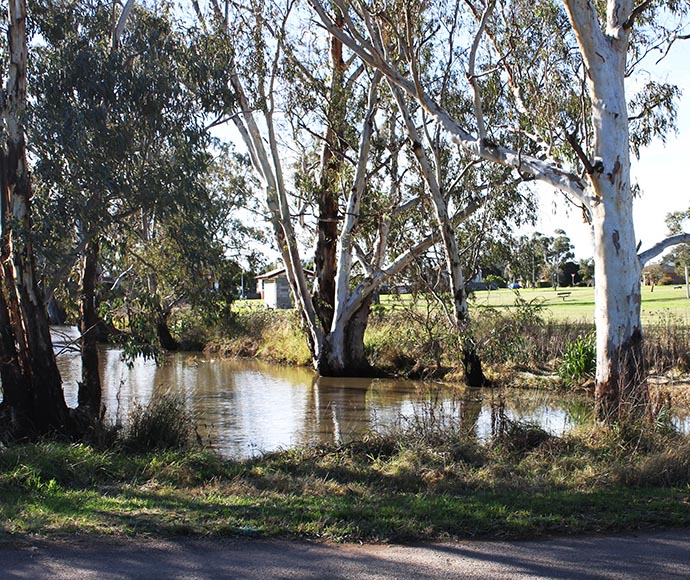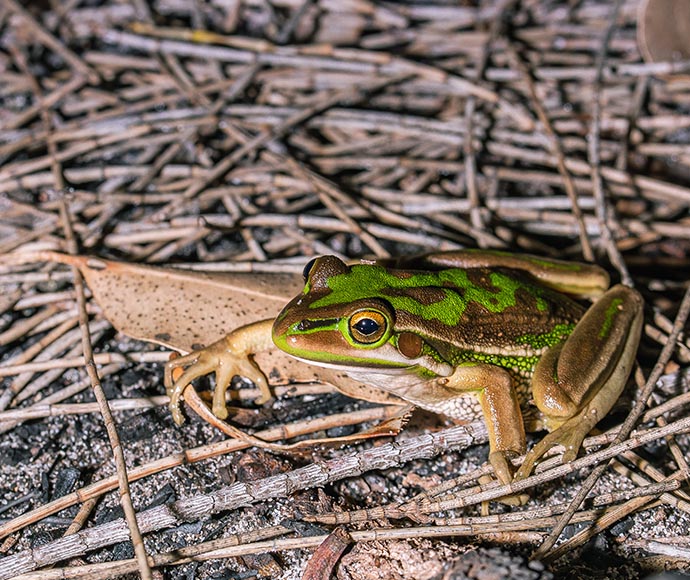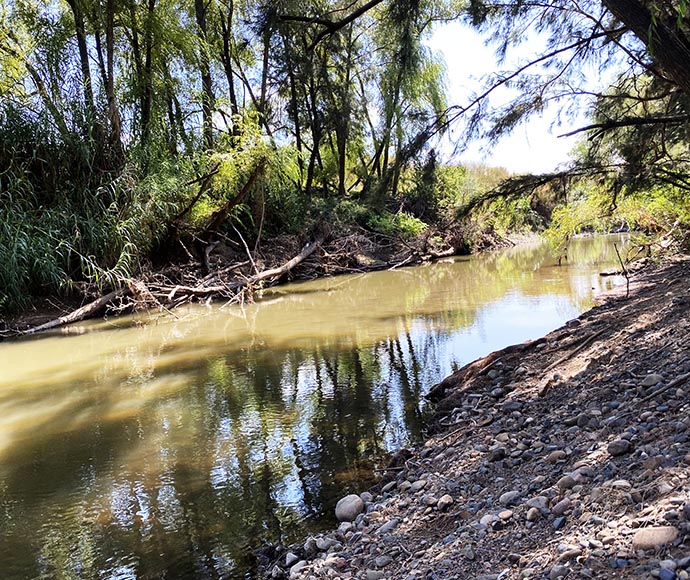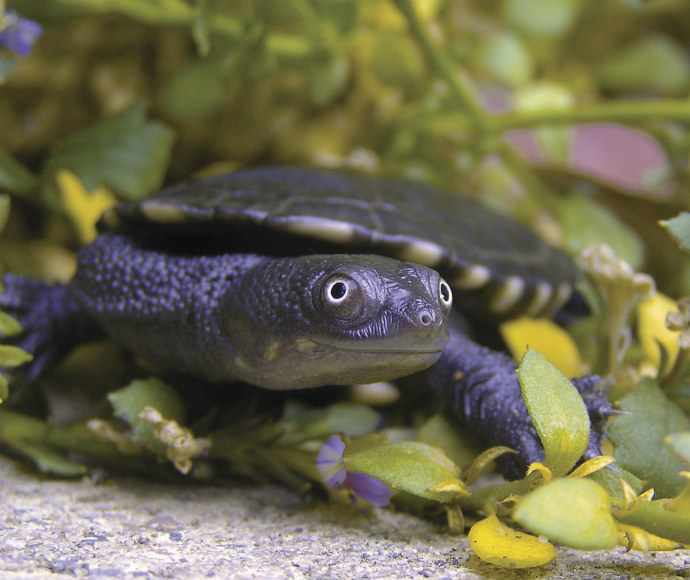The Hunter River is the region's lifeblood, providing riverine and estuarine ecosystems while supporting agriculture, industry and recreation. The Coquun (Hunter River) holds significant cultural importance to the Awabakal, Worimi, Wonnarua, Darkinjung and Geawegal communities.
East of the Great Dividing Range, the Hunter catchment is 100 kilometres north of Sydney. It is bound by the Manning and Karuah catchments in the north, Lake Macquarie, and Hawkesbury-Nepean catchments in the south.
The Hunter is one of the largest coastal catchments in New South Wales, with an area spanning 21,500 square kilometres. Its large size means it includes diverse landscapes, from coastal dunes to sub-alpine forests and lowlands plains woodlands.
The Kooragang Nature Reserve (now part of Hunter Wetlands National Park), Hexham Swamp, the upland swamps of Barrington Tops, and the Hunter Wetlands Centre are listed as nationally or internationally important wetlands.
Why the Hunter catchment needs water for the environment
River flow in the Hunter catchment has been altered by dams, weirs, flood mitigation and irrigation, and other infrastructure to supply drinking water. This has reduced flow volumes and the natural pattern of moderate-sized flow events. The condition of the catchment's riverine and floodplain ecosystems, and the plants and animals they support, has declined considerably.
The NSW Department of Climate Change, Energy, the Environment and Water manages the environmental water allowance to support overall riverine health and the condition of riparian and floodplain ecosystems in the Hunter catchment. The environmental water allowance is water for the environment set aside in dams for ecosystem health or other environmental purposes and managed through rules in water sharing plans established under the Water Management Act 2000.
The Hunter and Paterson rivers provide habitat for native plants and animals. Some of the most notable species are:
- Australian bass (Macquaria novemaculeata)
- river red gum (Eucalyptus camaldulensis) population in the Hunter catchment
- green and golden bell frog (Litoria aurea)
- eastern long-necked turtle (Chelodina longicollis)
- Hunter River short-neck turtle (Emydura macquarii gunabarra).
Managing water for the environment
The Hunter and Paterson Regulated River Water Sharing Plans provide 22 gigalitres (GL) of environmental water allowance to improve river and floodplain health within the catchment. Each water year, the environmental water allowance is credited with 20 GL of water in the upper Hunter River water storages of Glenbawn Dam and Glennies Creek Dam and 2 GL in Lostock Dam in the Paterson River sub-catchment. Any unused environmental water allowance cannot be carried forward to the next water year.
Working together
The Hunter-Paterson Environmental Water Advisory Group will advise the department on options for managing the environmental water allowance to maximise ecological benefit while identifying risks and mitigating adverse impacts.



